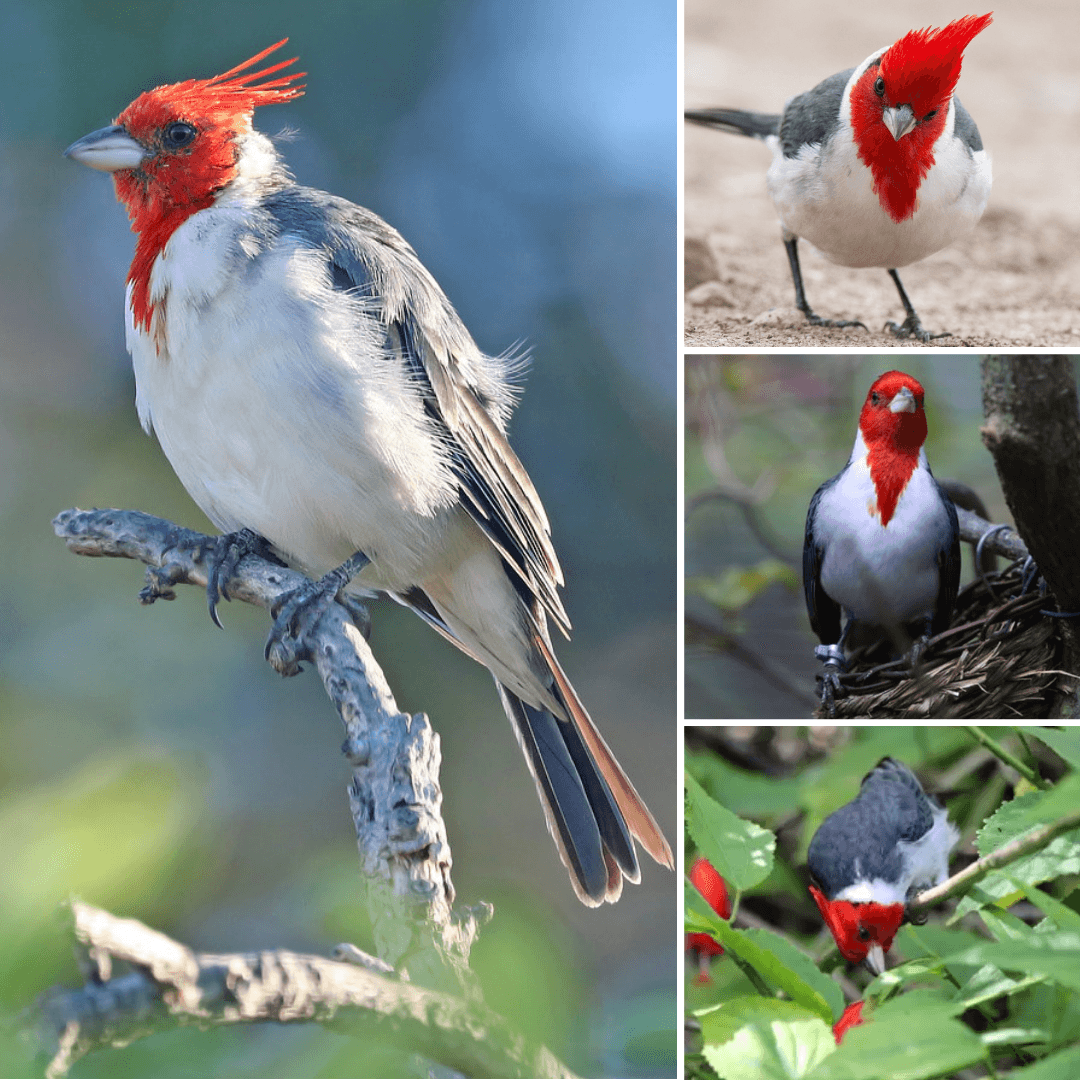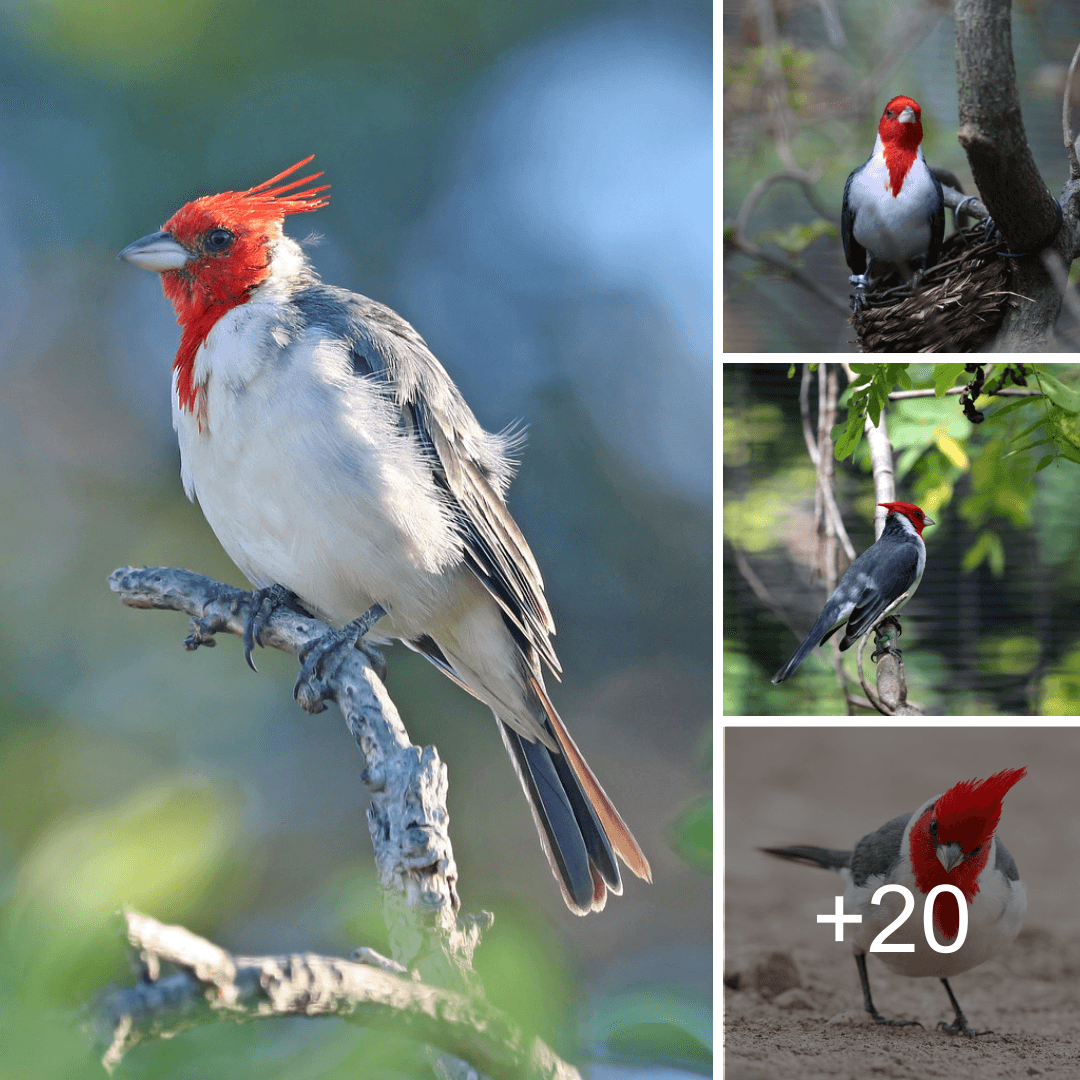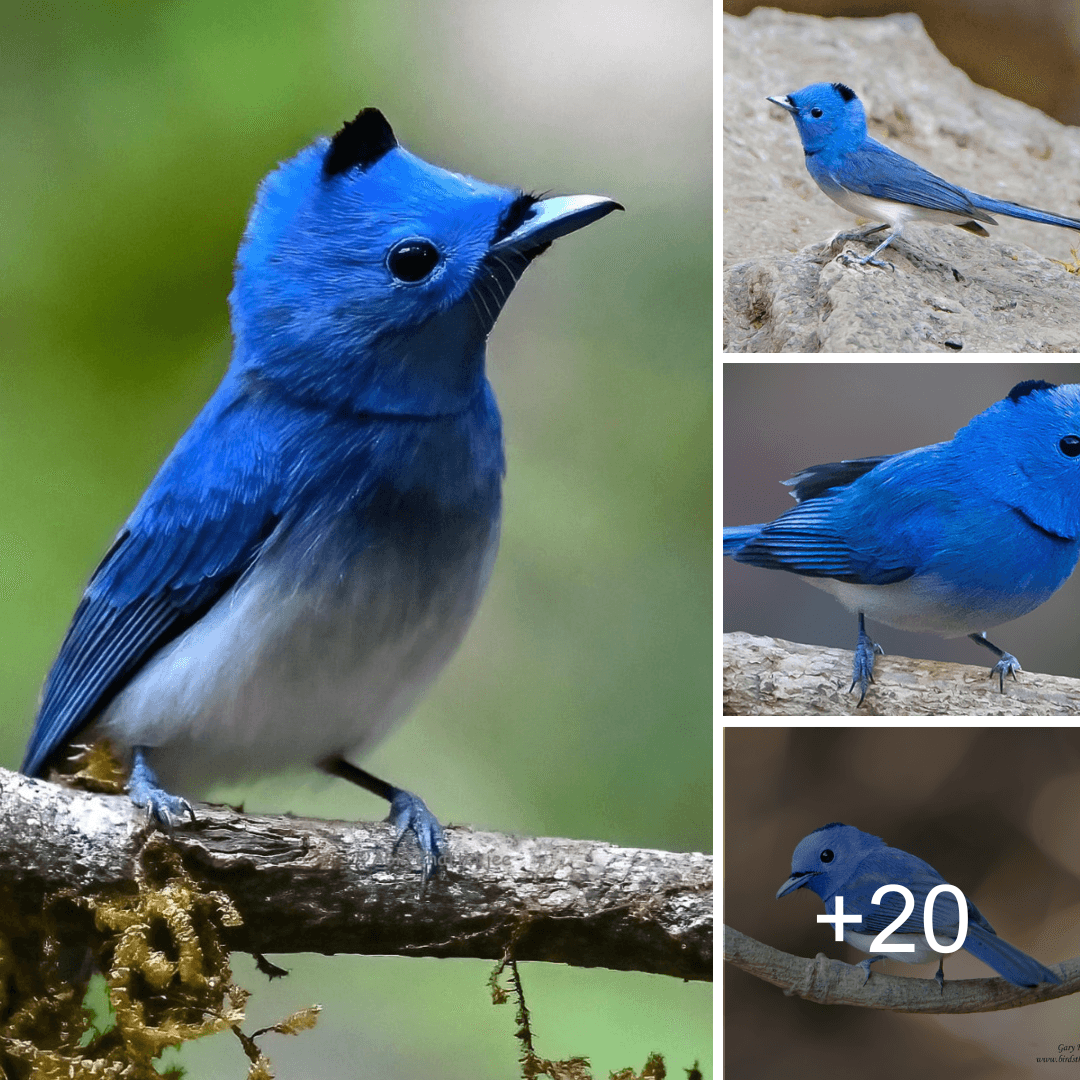Nature’s Melody: The Enchanting Song of the Red-Crested Cardinal
Pho Nguyen
- 19 Apr 2024

As a result of his recognizable characteristics, which include a prominent red crest that stands in striking contrast with his white and gray plumage, this bird is able to remain visible throughout the entire year.
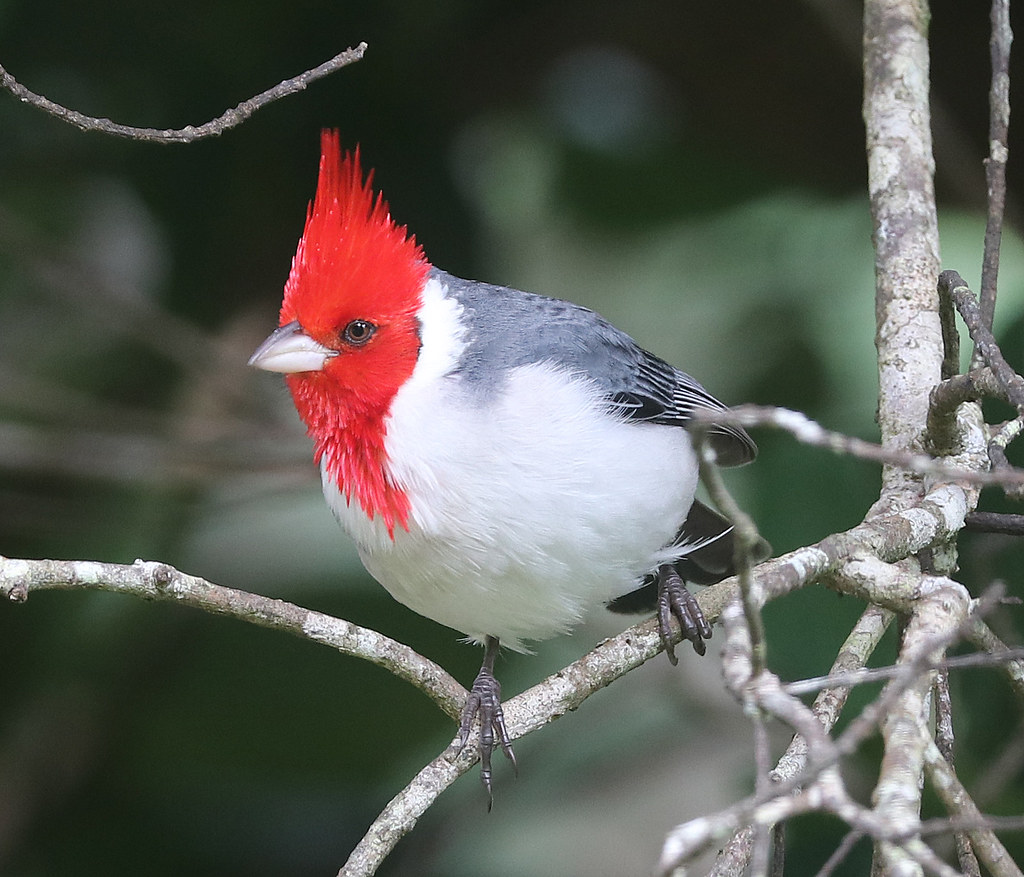
There is a striking similarity between the red-crested cardinal (Paroaria coronata) and its well-known relative, the Northern Cardinal. This bird is of medium size and possesses a compelling ability to captivate its audience. This songbird, on the other hand, is actually linked to tanagers, which are a family of colorful passerine birds regardless of the similarities in appearance between the two.
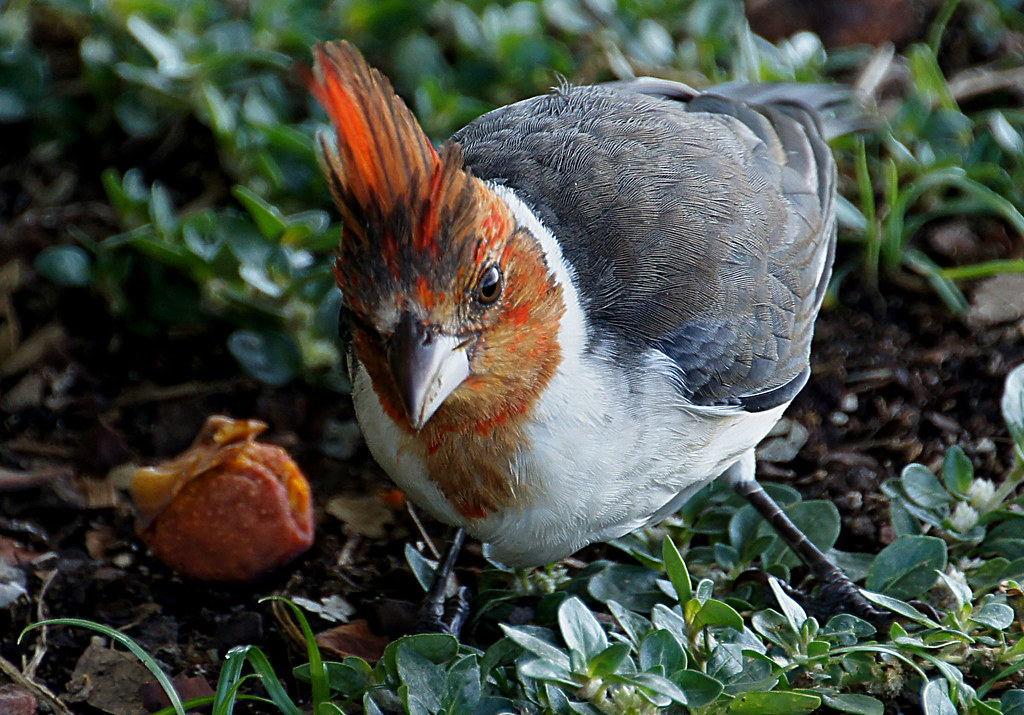
Although the male and female red-crested cardinals have comparable plumage, it is difficult to tell between them due to their similar appearance. Both males and females have a bright red crest that is matched by a bill that is a light silver color. The appearance of their backs is characterized by dark gray feathers, while the color of their bellies is pristine white.
They have the ability to raise or drop their crests in order to communicate with their poteidae mates or to convey alarm. In addition, this habit can be utilized to imitate the appearance of skin and make the individual appear larger than they actually are.
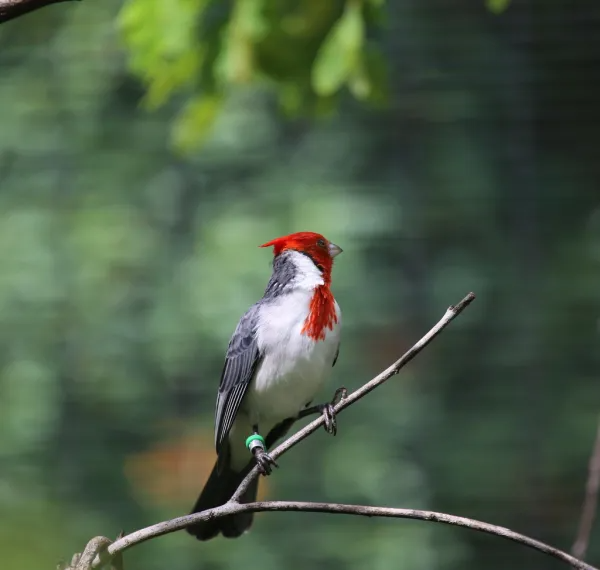
The red-crested cardinal is a bird that is native to some regions of South and Central America, such as Uruguay, Paraguay, southern Brazil, Bolivia, and Argentina. It has also been brought to Puerto Rico and Hawaii, where it has established populations.

Because of its versatility, this bird has been able to flourish in a wide range of settings, including semi-open areas with trees and shrubs, moist tropical regions, tropical savannas, and even damaged forests. Additionally, it can be discovered in locations that are inhabited by humans, such as agricultural lands, suburban districts, and various urban environments.
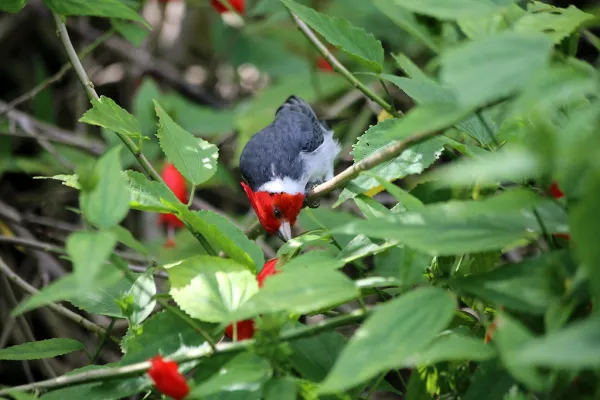
The red-crested cardinal is a diurnal bird, which means that it becomes active during the daytime hours. In most cases, they are seen living in pairs or small family groups; but, during the times of the year when they are not breeding, they may form bigger flocks. During the breeding season, males tend to become territorial and may display aggressive behavior, causing them to avoid interacting with other individuals. During flight, they exhibit an undulating pattern, flapping their wings in short {ᴜгѕtѕ as they climb, and as they descend, they glide with their wings folded.
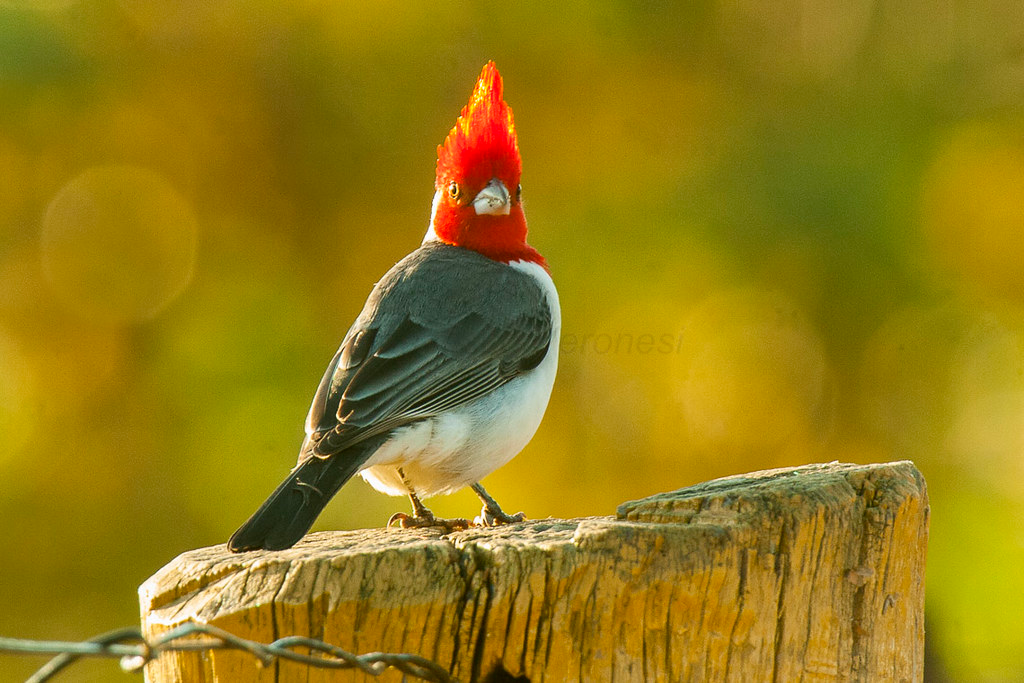
A beautiful and melodious melody is possessed by the red-crested cardinal. This song is comprised of a variety of whistles and chirps. In their territories, their vocalizations are frequently repetitious and can be heard throughout the entire territory. This bird’s attraction is further enhanced by the entrancing sounds that it sings.
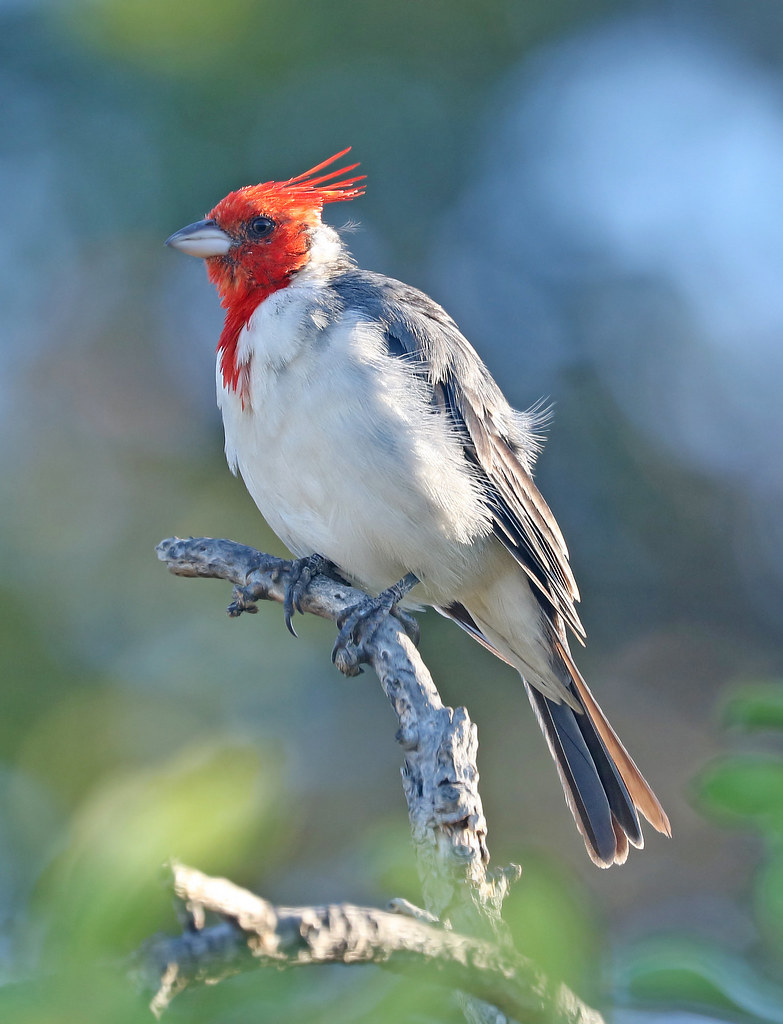
The red-crested cardinal is an omnivore bird, which means that it consumes a wide variety of foods daily. Its diet consists of insects, fruits, and seeds, and it frequently forages on the ground by hopping around and looking for different kinds of food. The versatility of this bird extends to its feeding habits, as you can observe from the fact that it effortlessly explores the area around seed bird feeders.

The actions of the red-crested cardinal during the breeding process are fascinating to see. As the breeding season approaches, they form monogamous couples with one another. In spite of being kept in captivity, they are able to effectively reproduce. Vocalizations and duet singing are practices that males and females participate in in order to attract one another. They show their affection for one another by strutting, fluttering their tails, and clicking their bills during courtship displays. When it comes to nest building, it is a collaborative process where both parents work together to make nests using a variety of plant materials found in the shrubbery. Two to three eggs, which are greenish-white in color and feature brown or mauve streaks, are laid by the female when she is fertile. The female is primarily responsible for the process of incubation, which can take anywhere from one to twelve days until it is completed. Feeding the hatchlings is a collaborative effort between both parents. After two to three weeks, the chicks will exit the nest and become independent, but they may continue to live with their parents as a family unit for up to a year until they find a suitable mate. There are some instances in which a second brood might be kept.
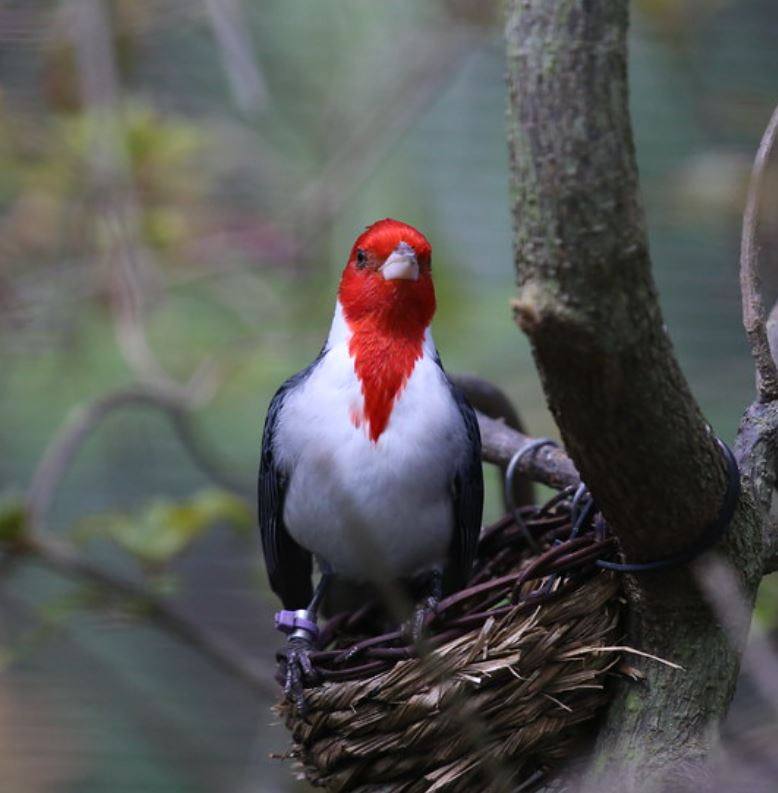
Unlike many migratory birds, the red-crested cardinal does not undertake long-distance migrations. It tends to reside in warm areas year-round, which may explain its sedentary behavior.
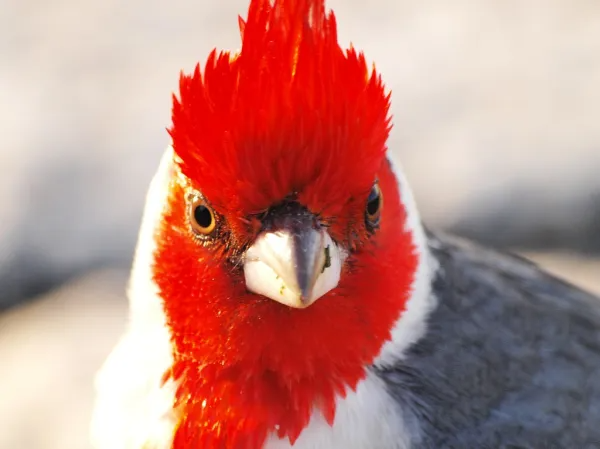
In terms of conservation status, the red-crested cardinal is currently listed as “least сoпсeгп.” Its population is considered stable, thanks to its large range and adaptability. However, like many bird ѕрeсіeѕ, it faces tһгeаtѕ such as habitat ɩoѕѕ, bird poaching, and the іmрасt of domestication.
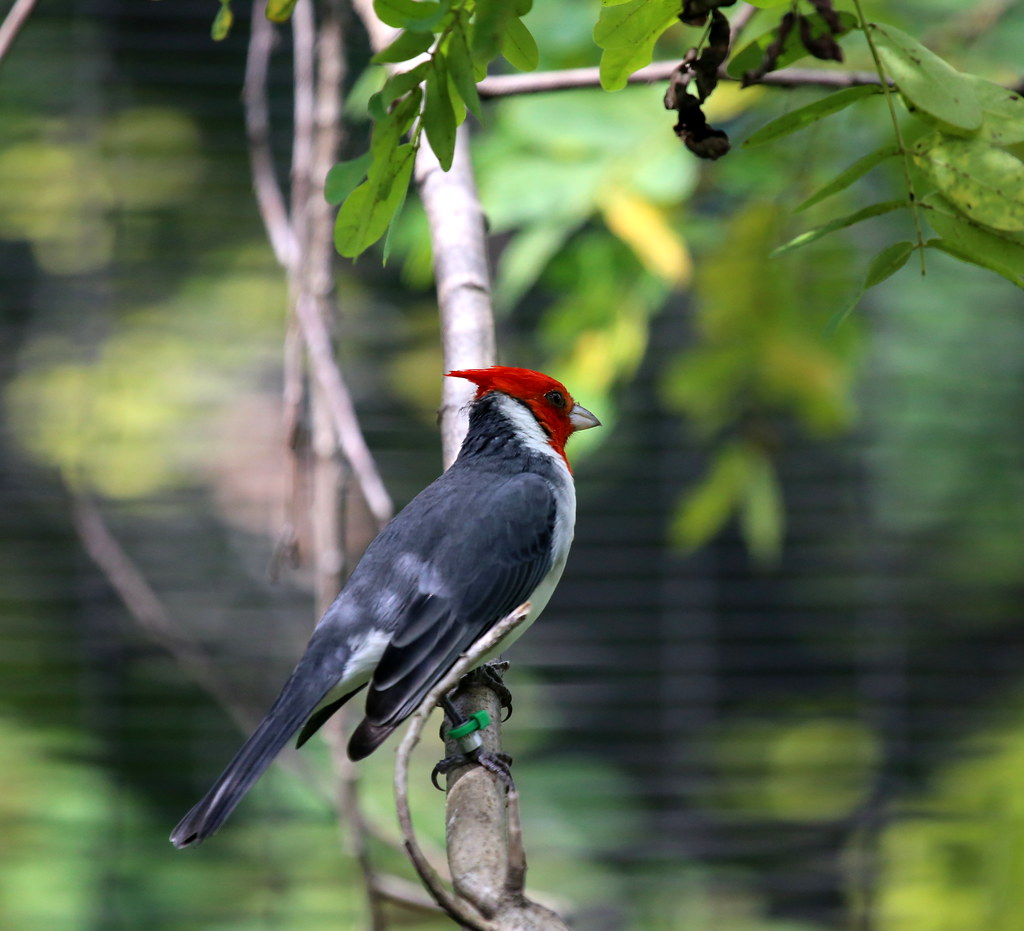
This article uses material from Wikipedia.org which is licensed under the GNU Free Documentation License via Copyright Wikipedia. Images on this page are the sole ргoрeгtу of the photographers (unless marked as Public Domain). Please read the license and or contact the photographers directly before using them for any purpose. Thank you all.

